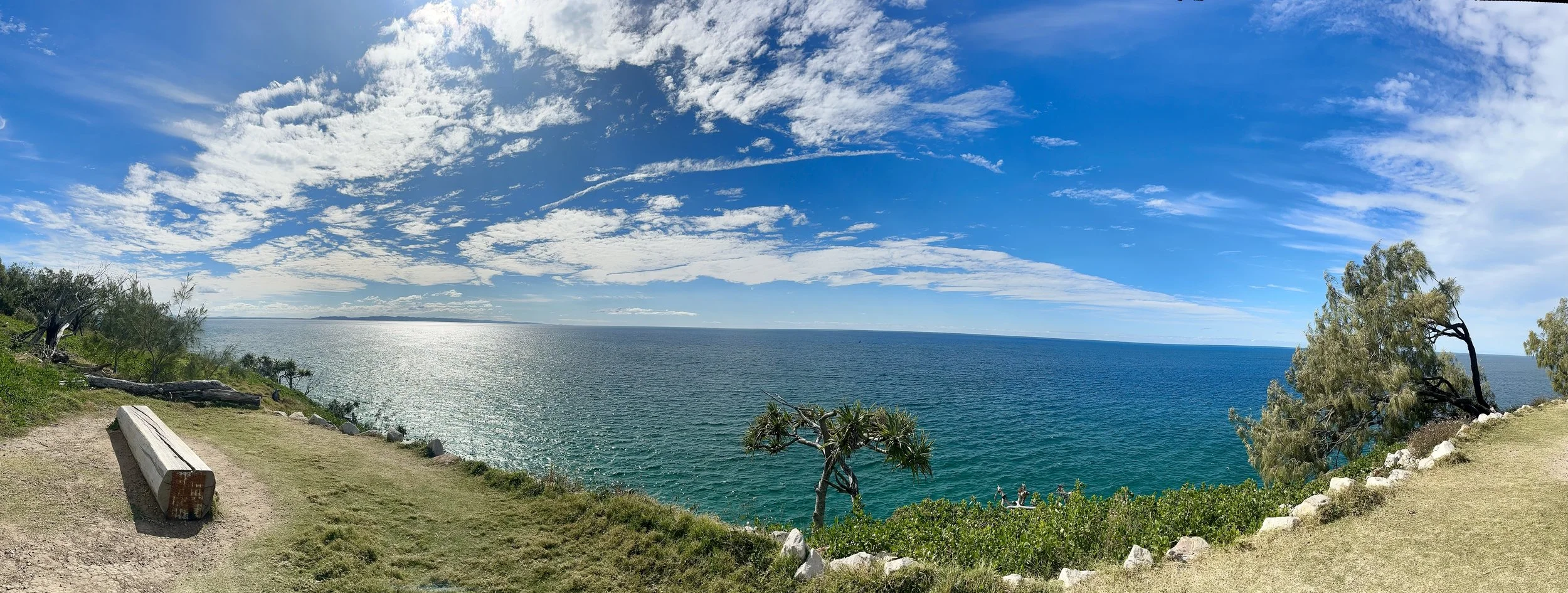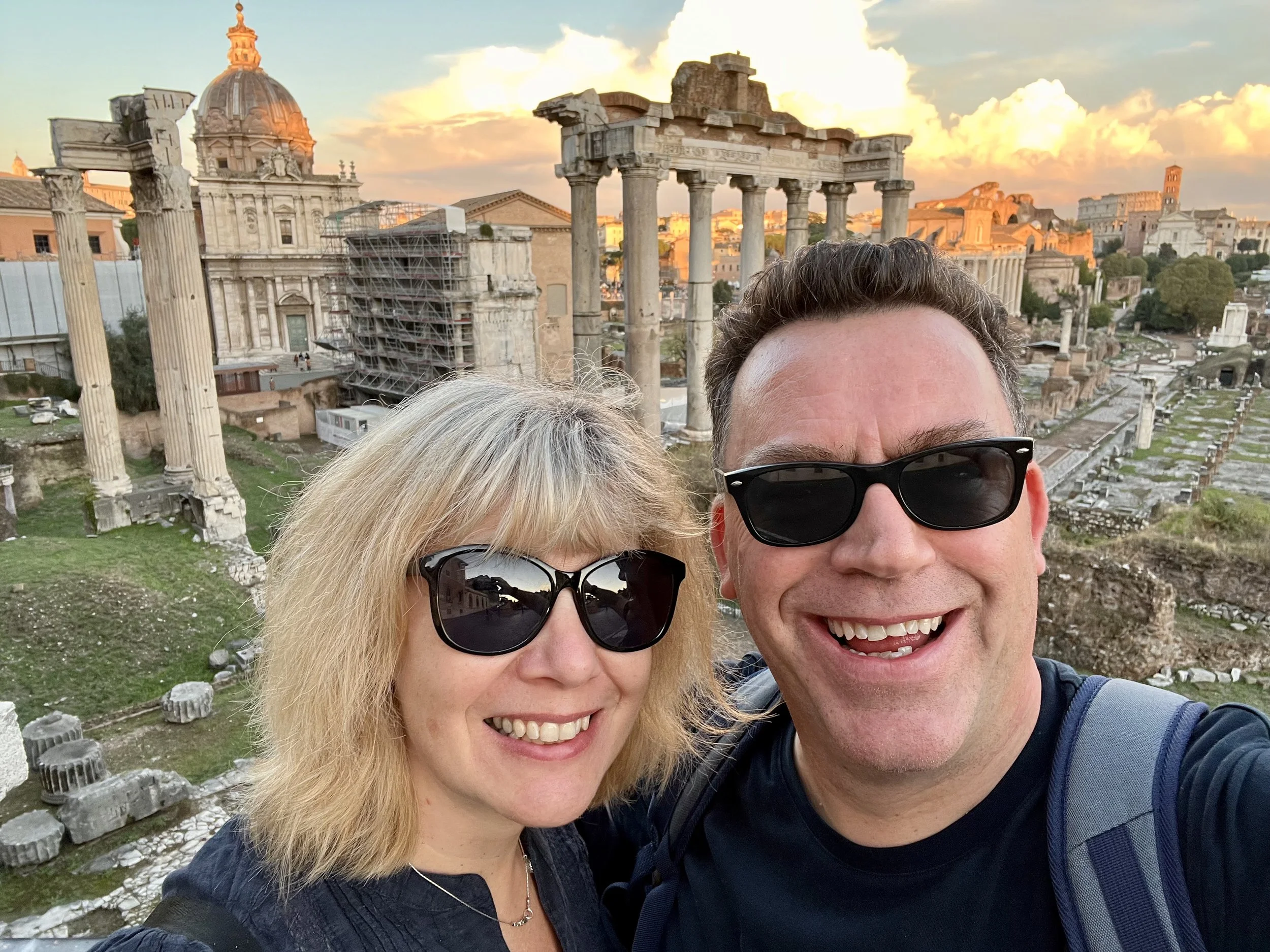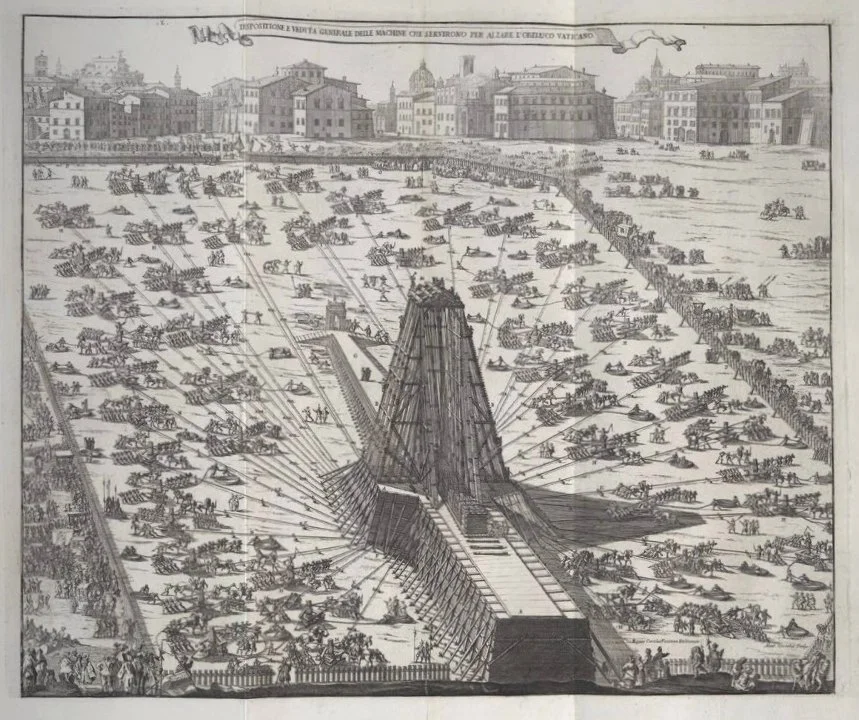Navigating Rome by ancient Obelisk
/After two years grounded, we finally got on a plane last week and went back to Rome; the greatest outdoor museum in the whole world. Rome remains an extraordinary place; perhaps the best place on earth to get quickly re-acquainted with all the best things that lift the spirits and inspire; history, art, architecture, great food, delicious wine. There is much that is wonderful to report about a familiar and much loved place, but also a few things have changed and others that seem worthy of note. We start in predictable fashion, queueing for food.
The Sandwich shop
The Romans have gone slightly crazy post-lockdown...for a particular type of sandwich shop. All'antico Vinaio, is like an uber-high-end sandwich shop, with spicy meats enveloped in flatbread, with cheeses and sauces that melt in your mouth and put a sizeable dent in your wallet. The queues started hours before opening and stretched down the cobbles.I am not sure if the offer will translate everywhere, but they are already proudly packing pavements with 'lines' in New York and Los Angeles, as well as a 'home' shop in Florence. Which got me thinking, what are they doing differently that compels young adults to queue for two hours in the rain at 11 pm for a sandwich? Then I took a bite...Bada A La Fume!
The Pensione
We stayed in the centre on Piazza della Rotonda at the Albergo Abruzzi. We had stayed there some 27 years ago when it was a ‘humble’ (in other words, ramshackle) Pensione. The entrance was the same, a step off the street, and the welcome still eclectic [an immediate over-familiarity, which I am sure might rock some back on their heels and disconcert others], but the rooms had been improved, the stairs had carpets and this time we didn’t (as he had to in 1994) have to share a bathroom and showers with other guests on the same floor. When we had first stayed there, rooms were about 90,000 Lira a night, which I recall was about £30. There had been some hyper-inflation in the intervening period, so the price was radically different, but the view from the rooms overlooking the Pantheon remains the most amazing in the whole of Rome. Priceless.
The Obelisks
The best way to navigate Rome is not by the Maps on your phone, or via the free crumpled handout on the desk of the Pensione. The City layout, its greatest sights and dramatic open spaces, are often signposted by the placement of some staggering Obelisk. There are more obelisks in Rome than in ancient Egypt. In fact, there are more obelisks in Rome than anywhere else in the World, eight ancient Egyptian examples, five Roman and a number of modern ones. By methods we cannot fathom, these vast Egyptian precision cut stone monuments were mined and erected in a land of Pharaohs (or perhaps in earlier unrecorded times), then ransacked, packed and transported from Egypt during the Roman Empire. In the same way no one really knows how they were excavated intact from the quarries of Aswan and moved hundreds of miles to Thebes or Luxor, no one is really sure how they were then shipped across the Mediterranean to Rome. But they must have done - because here they stand in prominent positions throughout the City, marking out the map like monolithic Google pin drops. Each one is stunning: Piazza del Popolo, at the summit of the Spanish Steps, in front of the Pantheon, at The Laternum, and across the river in St Peter’s Square.
The only obelisk to have remained standing since Roman times is the Vatican Obelisk on St Peter’s Square in the Vatican. The famous unmarked Obelisk sits dead-centre in St Peter’s Square, in front of the enormous Basilica and frowned upon all around by the statues of former Pope’s and Apostles. Over 25 meters tall, it is estimated to weigh some 330 tonnes; far heavier than a 747-400, and the equivalent of 26 London Routemaster buses. When it was erected in the Square in 1586, its relocation (from the nearby Circus of Nero) was started in early April, using hemp ropes and iron bars weighing 40,000 pounds, plus 1,000 men and 72 horses, and was finally completed on Sept. 10 of the same year. It took years of planning and then five months of astonishing effort to move just a few hundred metres. Numerous illustrations survive to commemorate the sheer scale and drama of the process. The mind boggles that it took such engineering skill and physical resources in 1586 to move the stone across a relatively level prepared route to the Square and elevate it to a vertical position. How some 1,300 years earlier they moved it several hundred kilometres - including the sea crossing - from Heliopolis seems unfathomable. And how it was cut, excavated and moved and erected in Heliopolis over a 1,000 years before that is just beyond comprehension. There are theories, but much of ancient history is a collection of guesses and surmises that never really seem certain, or definitive, regardless of the ‘expertise’ of the scholar. The only thing that is truly solid is the stone. Standing timeless against a blue sky, watching the petty mortals who hurry and fuss across the Ages, which seem to it just a brief moment in time.
Arriverdverci!











